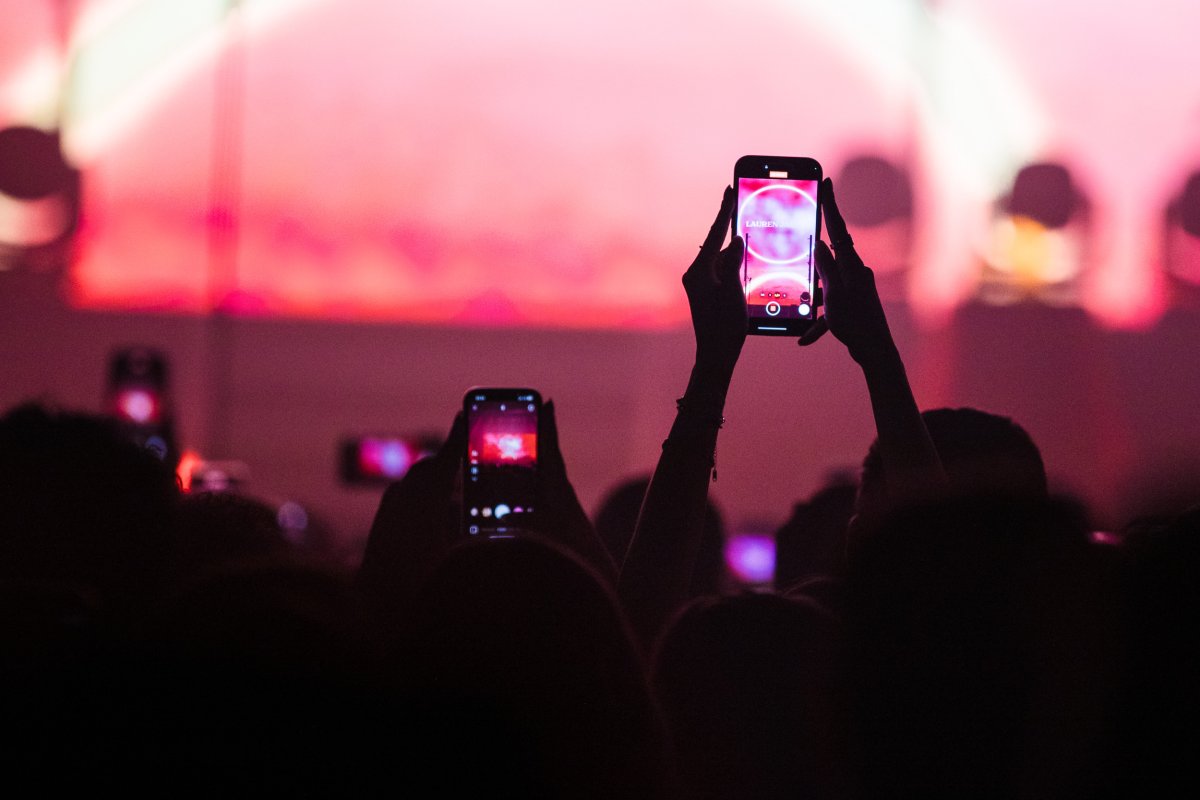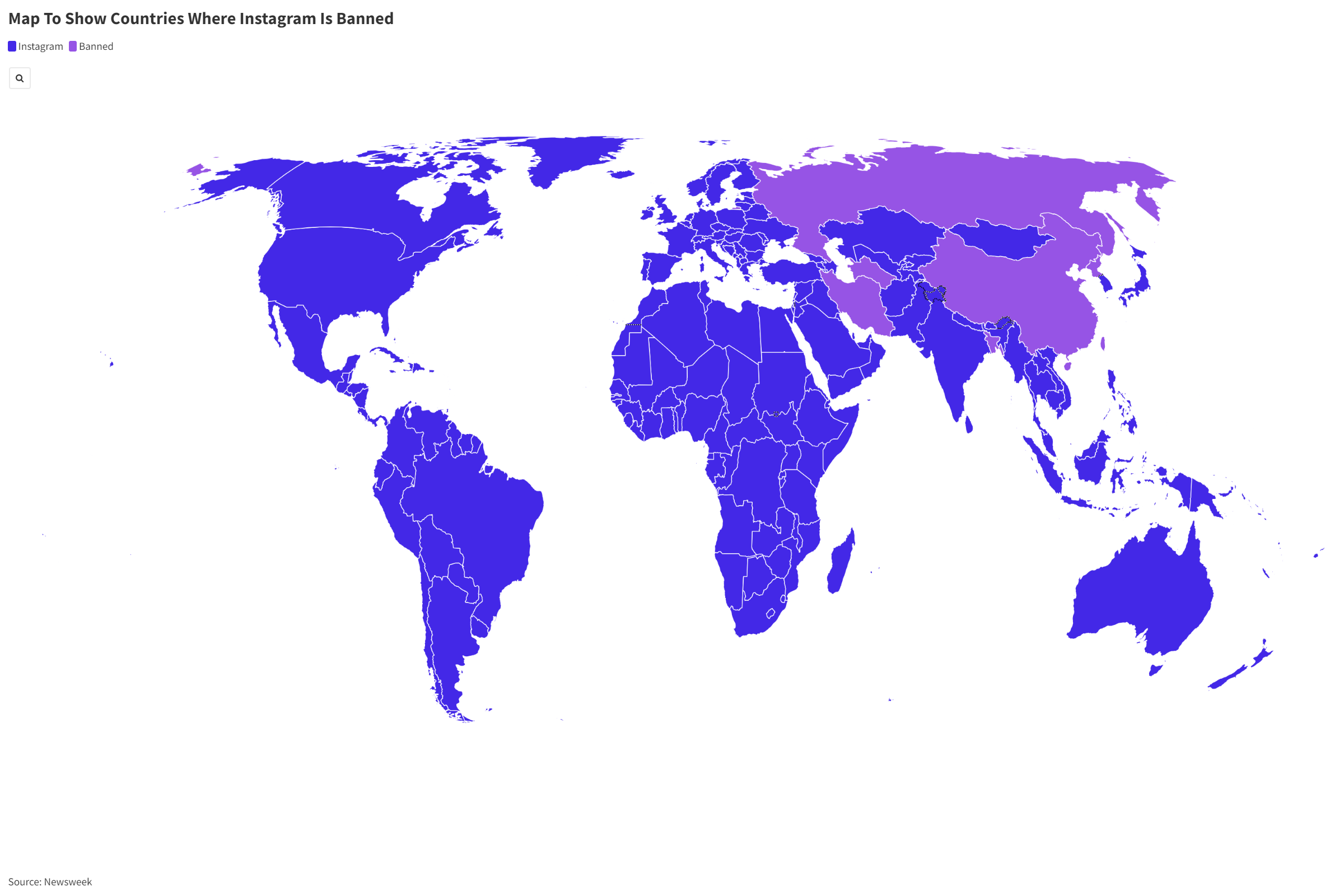Instagram has been a major player in the social media landscape since its debut in October 2010, and nearly 14 years later, it remains a popular choice for sharing and consuming content.
As of April 2024, it ranks as the third most visited social media platform, trailing behind Facebook and YouTube. The U.S. ranks second in user count with approximately 169.7 million users, while India leads with around 362.9 million. Notably, 62.3 percent of its users are under 34 years old.
Similar to its sibling platform Facebook, Instagram is restricted in several countries including Russia, North Korea, Iran, Bangladesh, China, and Turkmenistan, illustrated in the accompanying map.
Reasons Behind Instagram’s Bans
Instagram often faces bans during political unrest or election periods. For instance, it was blocked in China in 2014 amid pro-democracy protests in Hong Kong, and the ban remains active. In North Korea, warnings appeared in 2015 about its blacklisting due to harmful content, and it continues to be banned there.
In Uganda, Instagram was temporarily banned before the January 2021 elections for “national security,” but the ban was lifted a month later.

Mauricio Santana/Getty Images
In March 2022, Russia banned Instagram following its invasion of Ukraine, claiming the app incited violence against Russian forces. Turkmenistan has also tightened internet restrictions, keeping Instagram banned since 2022. Similarly, Iran restricted access to major social media platforms including Instagram in 2022.
On August 2, 2023, Bangladesh banned Instagram and several other platforms due to civil unrest over proposed job quota reforms, according to the Times of India. On the same day, Turkey also restricted the app due to non-compliance with local laws, but it was restored shortly thereafter.
Other Considerations for Banning Instagram
Beyond governmental censorship, social media’s impact on mental health is a hot topic. U.S. Surgeon General Vivek Murthy advocates for age restrictions and warning labels on platforms like Instagram. However, others argue that banning these platforms could hinder young people’s access to vital mental health resources available online.
Murthy suggests that instead of outright bans, establishing standards for tech companies could help minimize harm while maximizing the benefits of these platforms for users.
